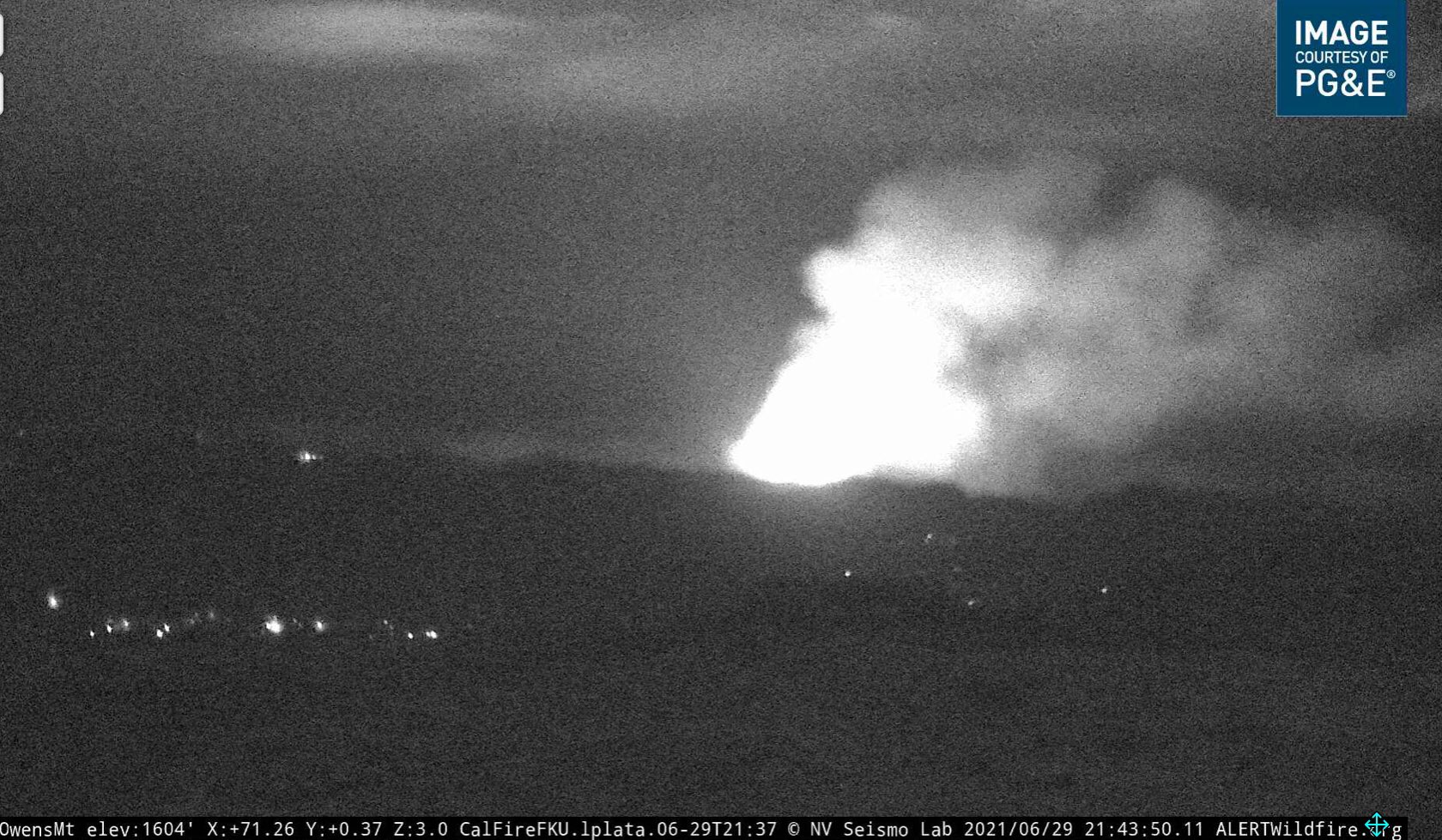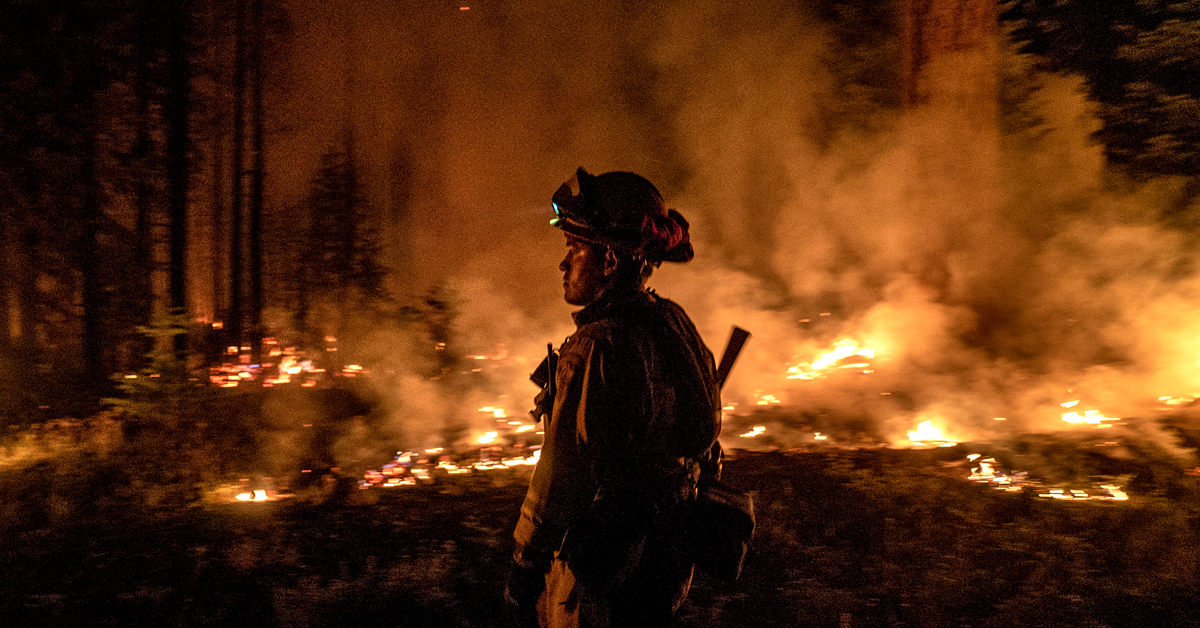A Federal judge got his first glance at a lawsuit filed against the United States Forest Service that is seeking to bar the use of aerial fire retardants in combating wildfires.
The U.S. District Court in Montana heard oral arguments for the lawsuit on Monday, and a ruling appears to be coming soon.
The big picture: The Forest Service Employees for Environmental Ethics (FSEEE) filed a lawsuit against the U.S. Forest Service (USFS) in Montana, the location of the Forest Service Northern Regional headquarters as well as where the testing takes place for chemical retardants.
- If the court sides with the FSEEE, the USFS would have to obtain a permit under the Clean Water Act to use fire retardant from airplanes, a lengthy process that would span multiple years.
State of play: Amid the lawsuit, the USFS initiated the process of receiving a CWA permit from the U.S. Environmental Protection Agency while simultaneously seeking proposed a 300-foot buffer zone for all fire retardant drops from would-be affected waterways.
- In response, the FSEEE argued that 300 feet was an arbitrary number. Despite its argument that the USFS created the 300-foot buffer proposal out of thin air, the FSEEE asked the Court for a 600-foot buffer zone to be enacted.
The backstory: FSEEE filed the lawsuit last October, and in March a group of several jurisdictions and organizations – including the City of Paradise, which was devastated by the 2018 Camp Fire – filed a motion last week in support of the USFS’s ability to use aerial fire retardants.
What they’re saying: During Monday’s hearing, Judge Dana Christensen noted that a ruling is likely soon to follow Monday’s hearing as wildfire season in the western United States is about to commence. Along with an overarching skepticism at the nationwide impact of siding with FSEEE’s position, Christenson rejected its push for an extended buffer zone for aerial drops.
- “The last thing I want to do is start imposing magic numbers in terms of buffer zones. I mean, that’s way out of my wheelhouse. But I don’t know what the Forest Service did to come up with 300 feet buffer, you’re describing it as being essentially nothing,” Christensen said. “It’s a magic number. And I will tell you, if this Court imposes a 600-foot buffer, that is truly a magic number. So that’s probably not going to happen.”
- USFS attorney Alan Greenberg said during the oral arguments that the Forest Service uses aerial fire retardants on about five percent of the wildfires at site, and less than one percent of those discharges end up in water.











